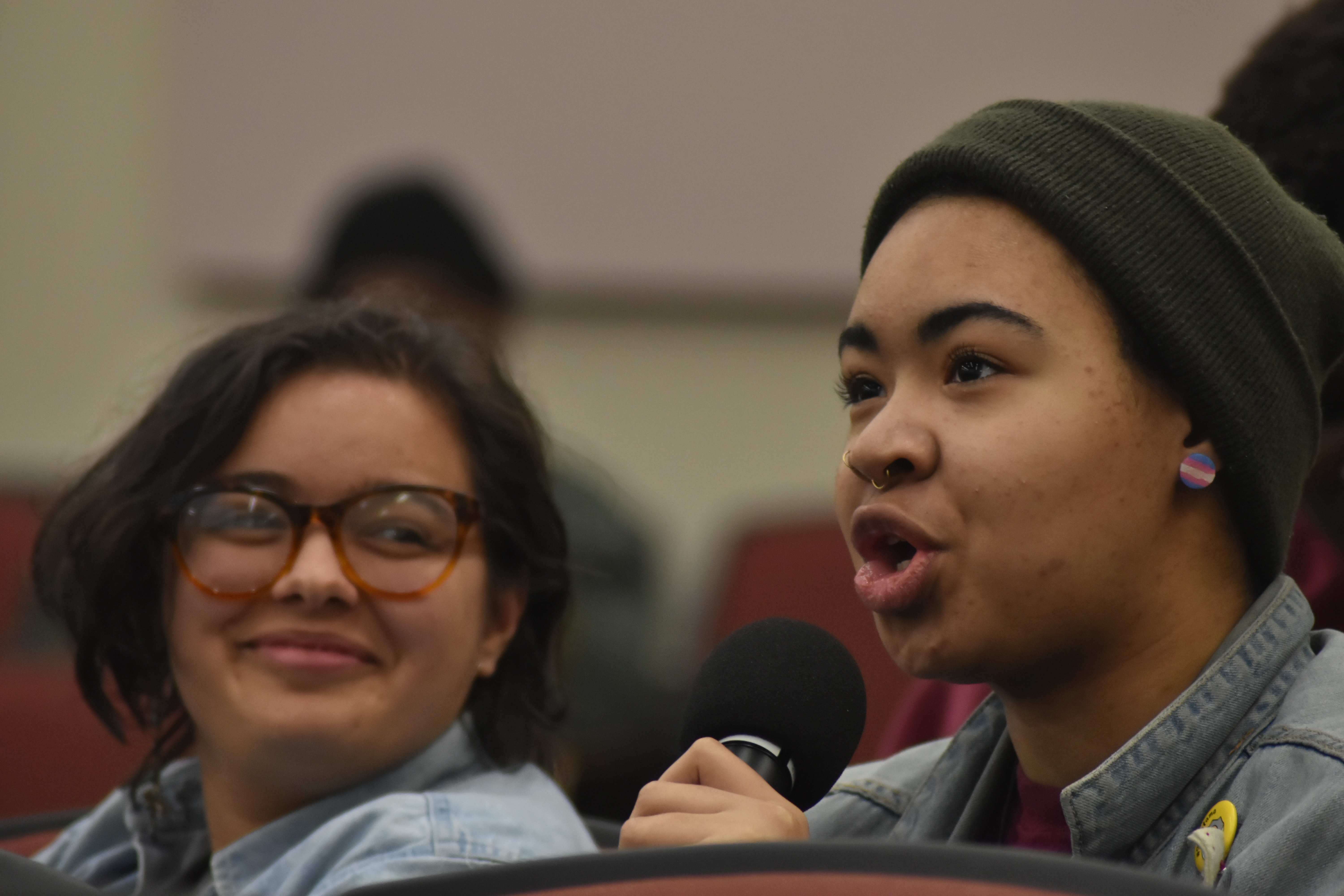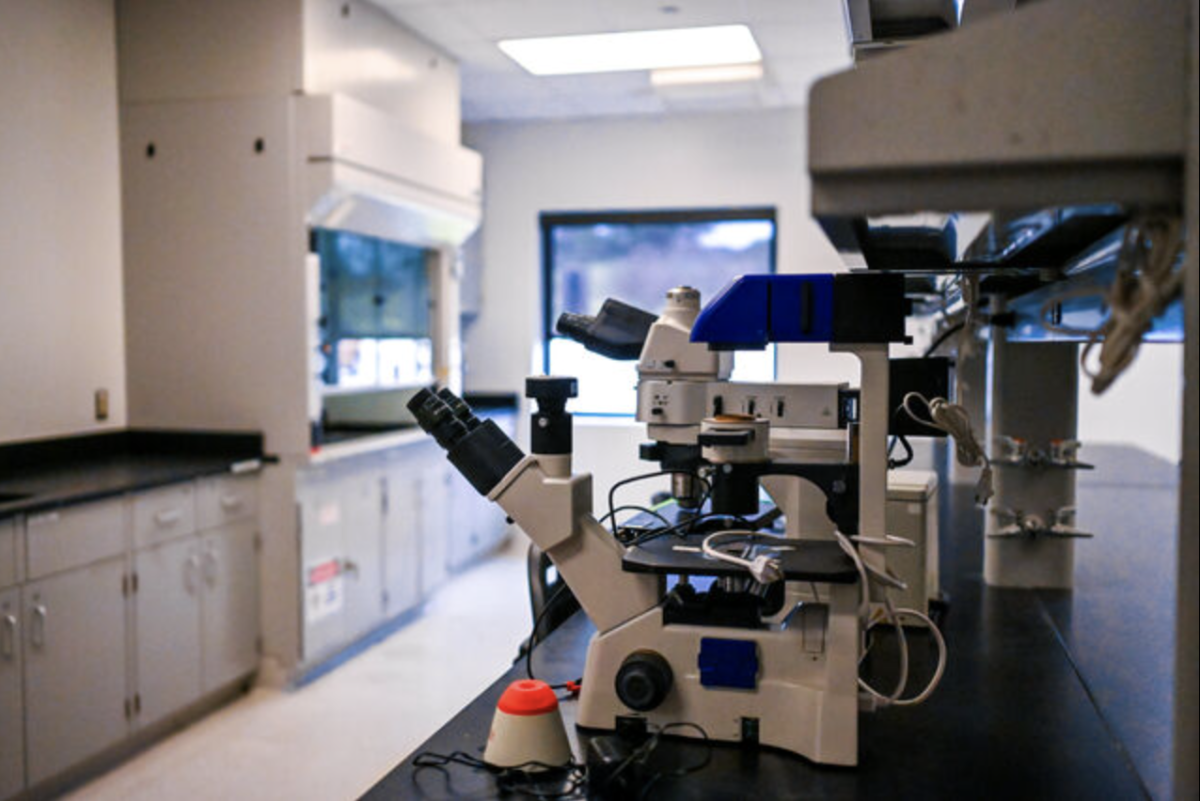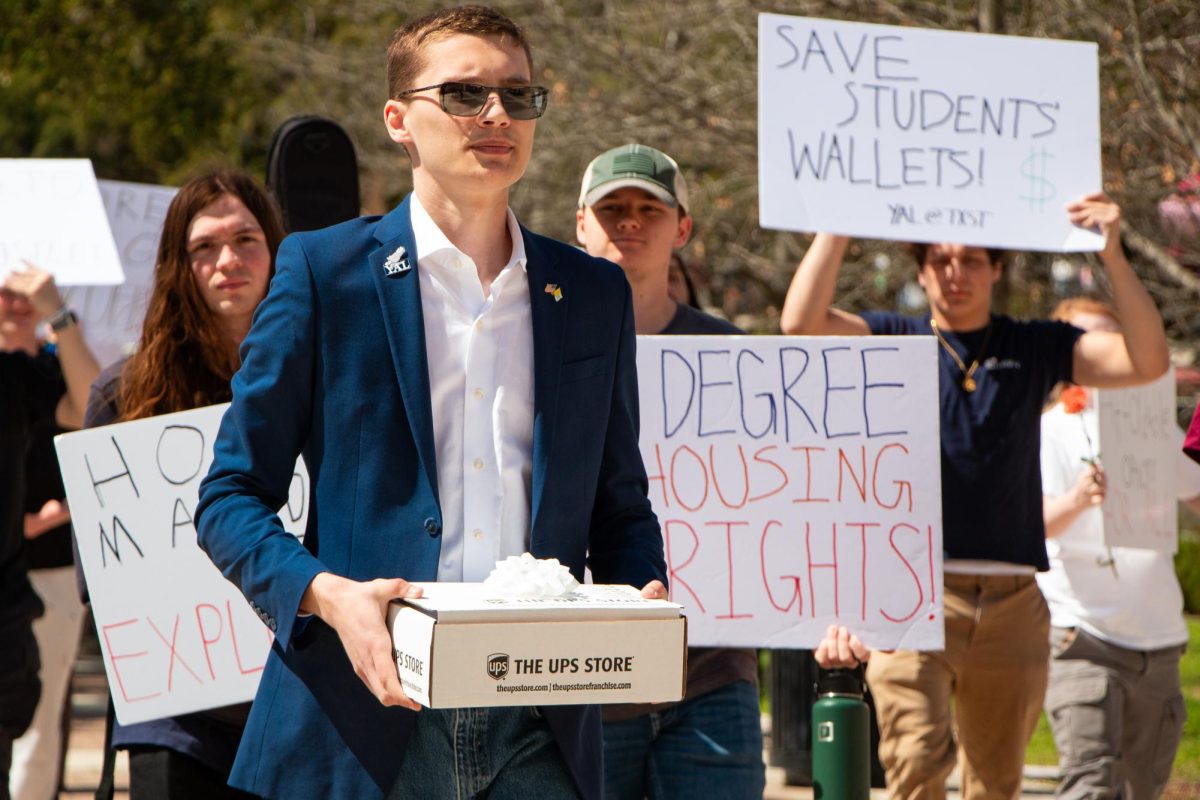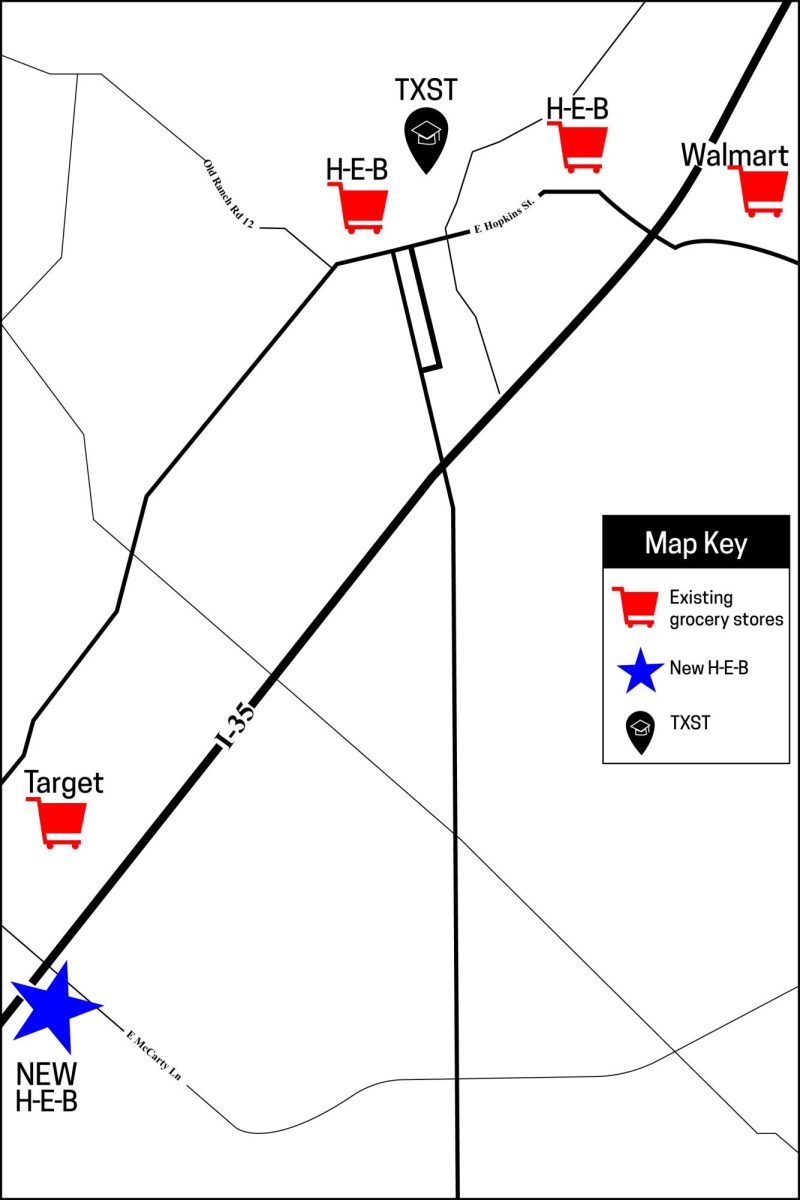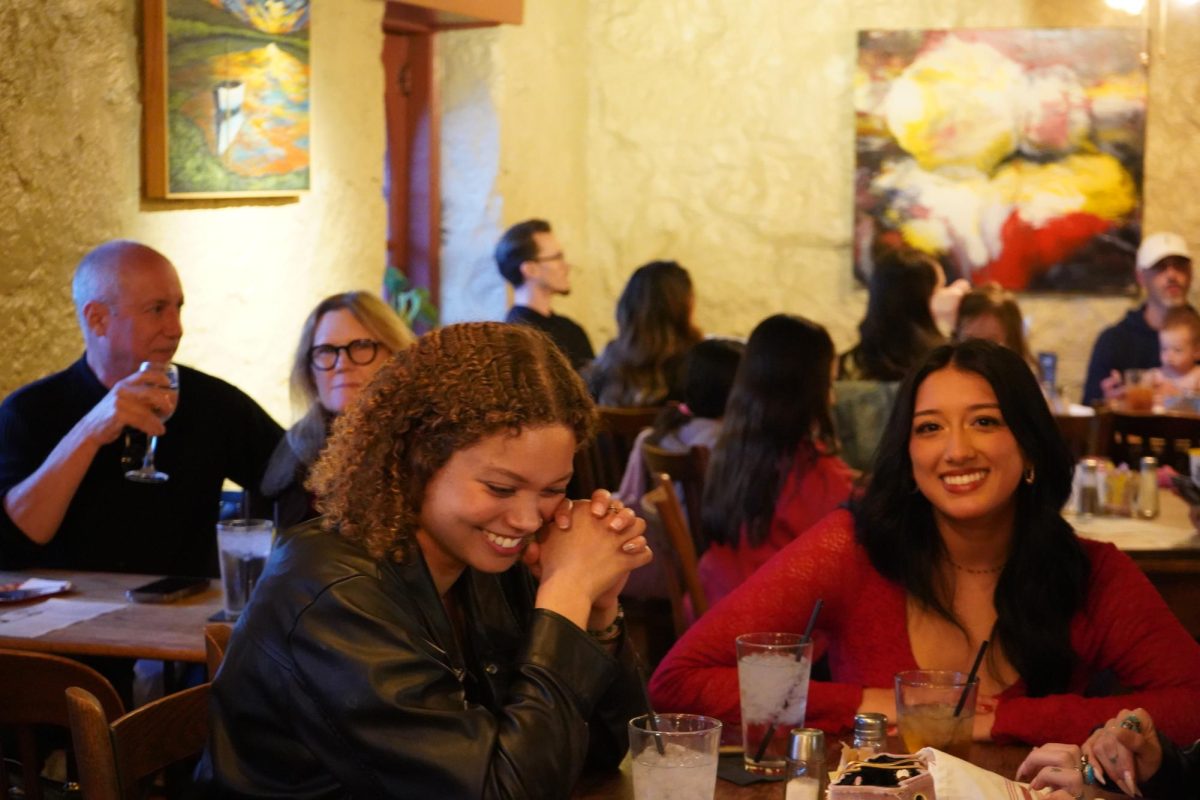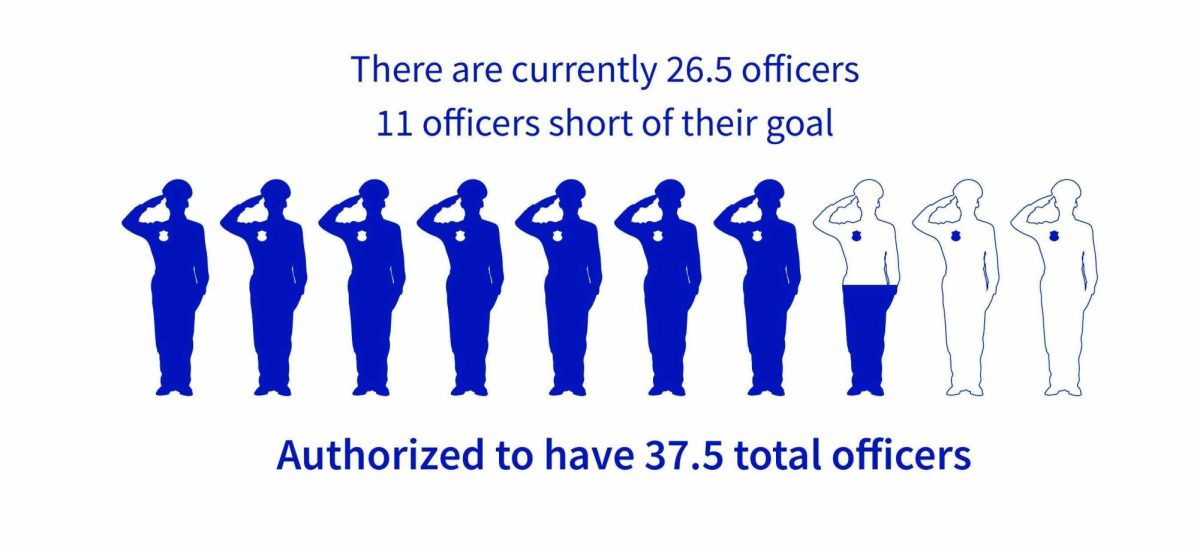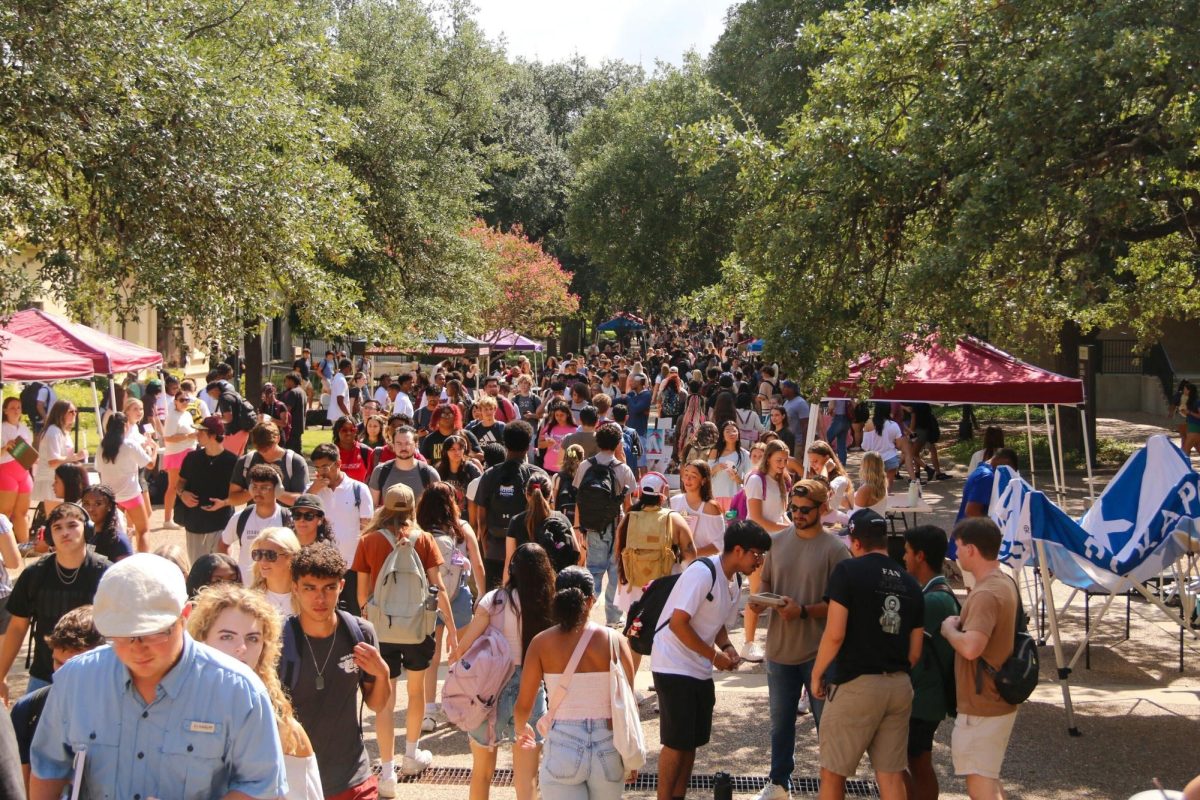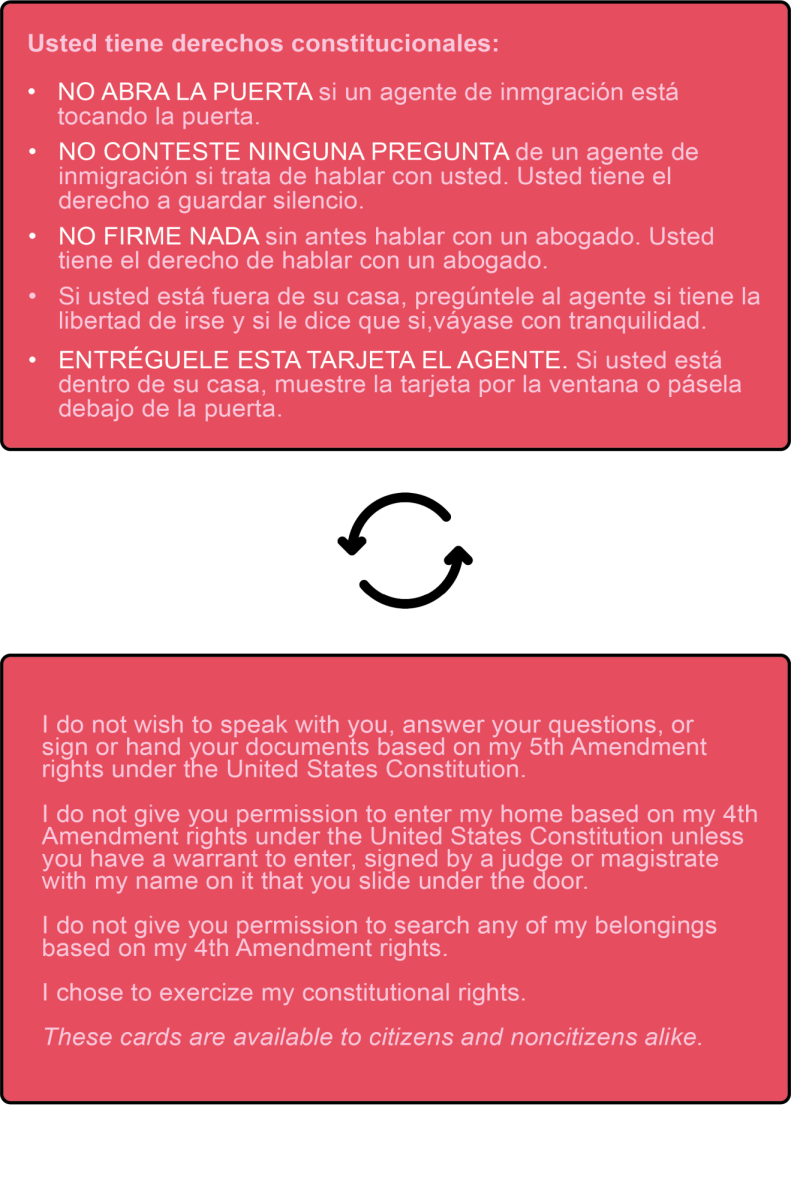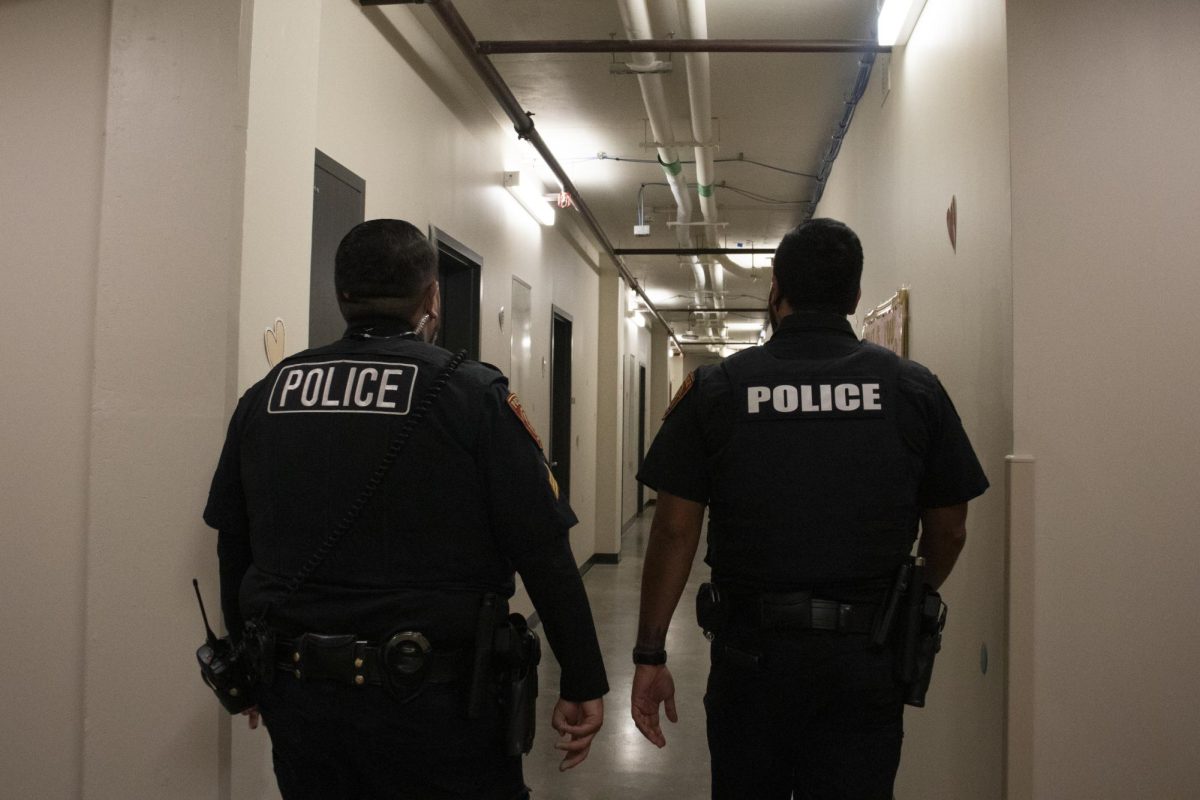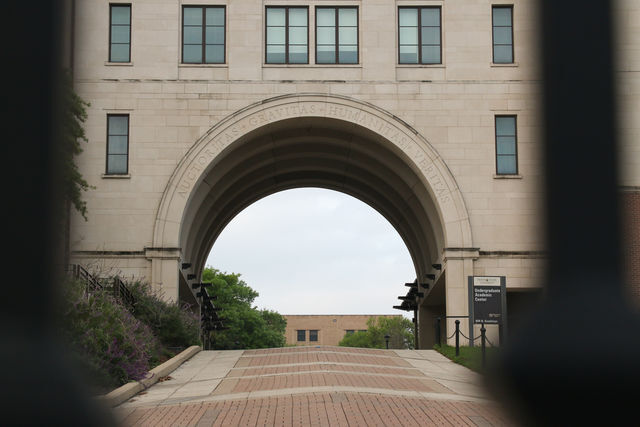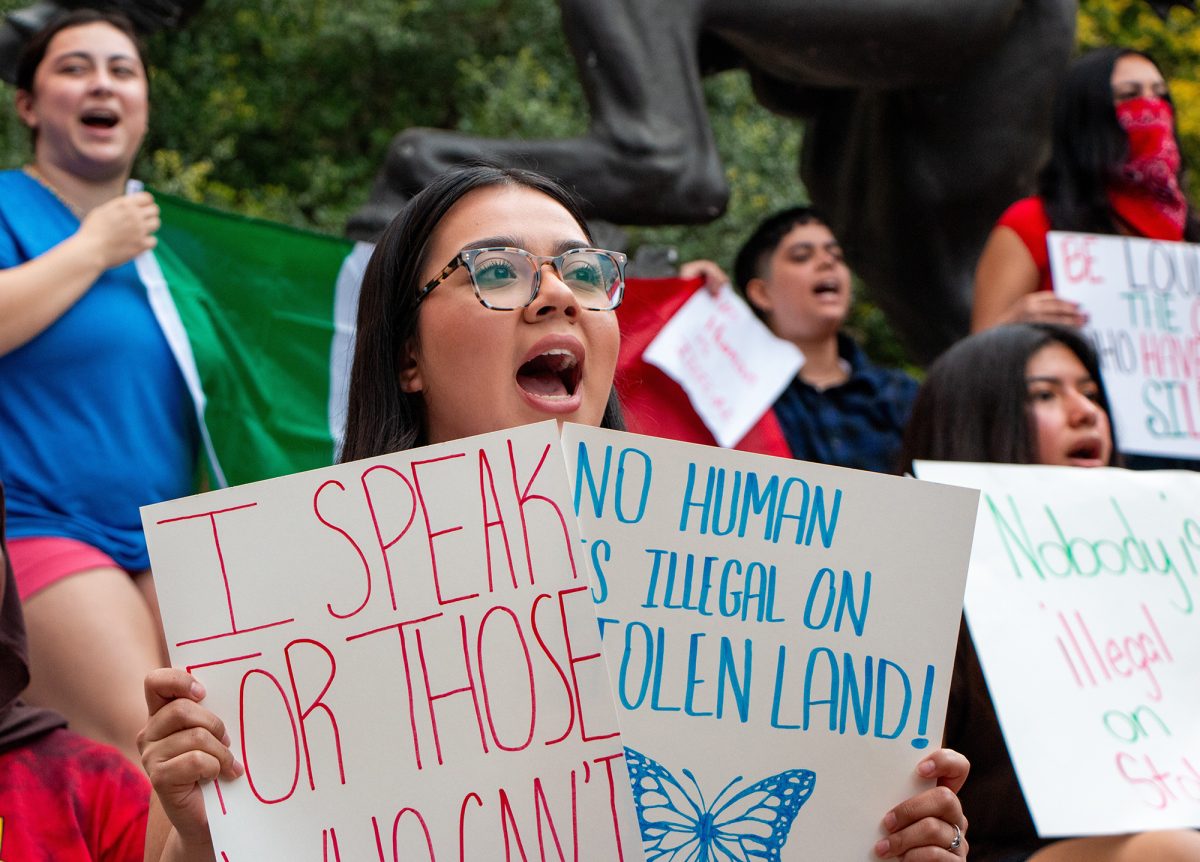Student activists were brought to tears as they recalled the boiling point of racial tension on campus and the trauma of an overnight sit-in that occurred almost one year ago.
Inside the Flowers lecture hall, administration sat silently, some taking notes, as the microphone was passed around to sit-in participants and activists who feel like their work has been ignored by the president’s cabinet.
The sit-in participants, some of whom are facing legal consequences following contentious student arrests, shared different perspectives with one common theme: demanding direct communication and respect from the university’s administration.
Protest participant and history junior TeraLynn Steele said the university should maintain a dialogue with students of color through check-ins, timelines and actual action.
“That sit-in was the first time we got a response from the administration,” Steele said. “We have been crying out for years. Now we’re back to a point of not getting a response. I want accountability and attention. In the end, we were given crumbs.”
Claudia Gasponi, a general studies senior and Student Government senator who helped impeach former Student Government President Connor Clegg, said she felt like the response from the university was ineffective and insincere.
“They have created committees and pushed all our problems into tiny little corners, not let those committees be open,” Gasponi said. “We’re going to continue to demand direct action, which is bad PR for the school until those direct lines are met and have respect in both directions.”
Last spring, university police waited three weeks to arrest four students after they tried to prevent a Student Government senator and Student Government vice president from leaving the LBJ Student Center garage. Each student was charged with interfering with the public duties of a peace officer and obstructing a highway or other passageway, both misdemeanors.
Three of the four students arrested are students of color and all are queer. At the town hall, each student claimed they were told they would not face legal consequences if they complied.
Current Underrepresented Student Advisory Council President Cassidy Wright, who was a prominent figure during the sit-in protest, said she is afraid to do activist work because she “saw what happened to my friends, blatant disrespect from this university.”
Philosophy lecturer Gregg Moses felt like the administration did a good job at creating a diverse population, at least until he heard the students’ pain and frustrations at the town hall.
“For me, it was no accident that the next thing was you all locking arms and showing some kind of demonstration of your utter disgust with the responses surrounding you,” Moses said. “Then to read the news that four of you were arrested, it made me cry. It made me angry. I felt gut punched. The year since then I have been wondering who is taking care of those students?”
University Police Department Sergeant Adam Rodriguez was the investigator who filed charges against the students. Rodriguez was contacted and provided no comment on the case.
The most significant change since the sit-ins is the hiring of a new police chief and the restructuring that moved UPD from the Department of Student Affairs to the Department of Finance and Support Services. Texas State hired Laurie Clouse in January 2019 to head the UPD following a months-long search. Former UPD Chief Jose Banales resigned in May 2018.
Clouse said she voluntarily came to the meeting to hear students’ concerns.
“I am very committed to repairing and rebuilding those relationships with marginalized students and students who feel underrepresented,” Clouse said. “I am here to better understand how to go about repairing the things that happened in the past. I would just ask that students give me the opportunity to start fresh.”
Captain Patrick Cochran said UPD’s philosophy is to use tactics that encourage freedom of speech as long as it does not infringe on other people’s rights.
Cochran said he was not a part of the conversation about the student’s arrests, but he believes the arrested students were infringing on others’ freedom. Police will arrest students if protestors say anything inciting immediate violence, become violent or infringe on other people’s freedoms, according to Cochran.
“If we arrested them, handcuffed them, it could have caused more issues on the scene,” Cochran said. “Things can spin out of control. But you can’t let people lay in front of cars because it impedes on people’s freedom to move around and they might do it the next time.”
Campus police are trained to use force such as getting in a line and using riot gear, but Cochran said use of force is the very last option. Cochran said most protests need minimal police presence because a big presence can actually spark violence in a crowd.
“We assess the level of potential lawbreaking and put the minimal number of police presence out there. We try to avoid heavy force because some people see a heavy presence and might do something to try and get on the news,” Cochran said.
Categories:
Townhall attempts to reconcile sit-in divisions
February 20, 2019
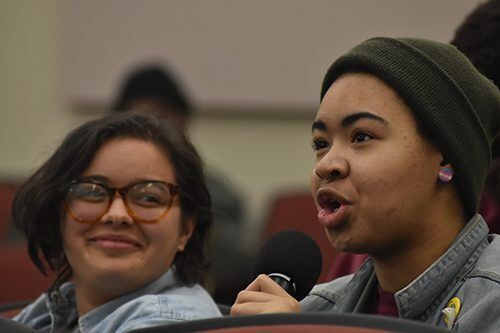
Sen. Claudia Gasponi and student Nayir Freeman voiced concerns with the administration’s response to minority needs Feb. 13 during a townhall. Photo by Carrington Tatum
0
Donate to The University Star
Your donation will support the student journalists of Texas State University. Your contribution will allow us to purchase equipment and cover our annual website hosting costs.
More to Discover


